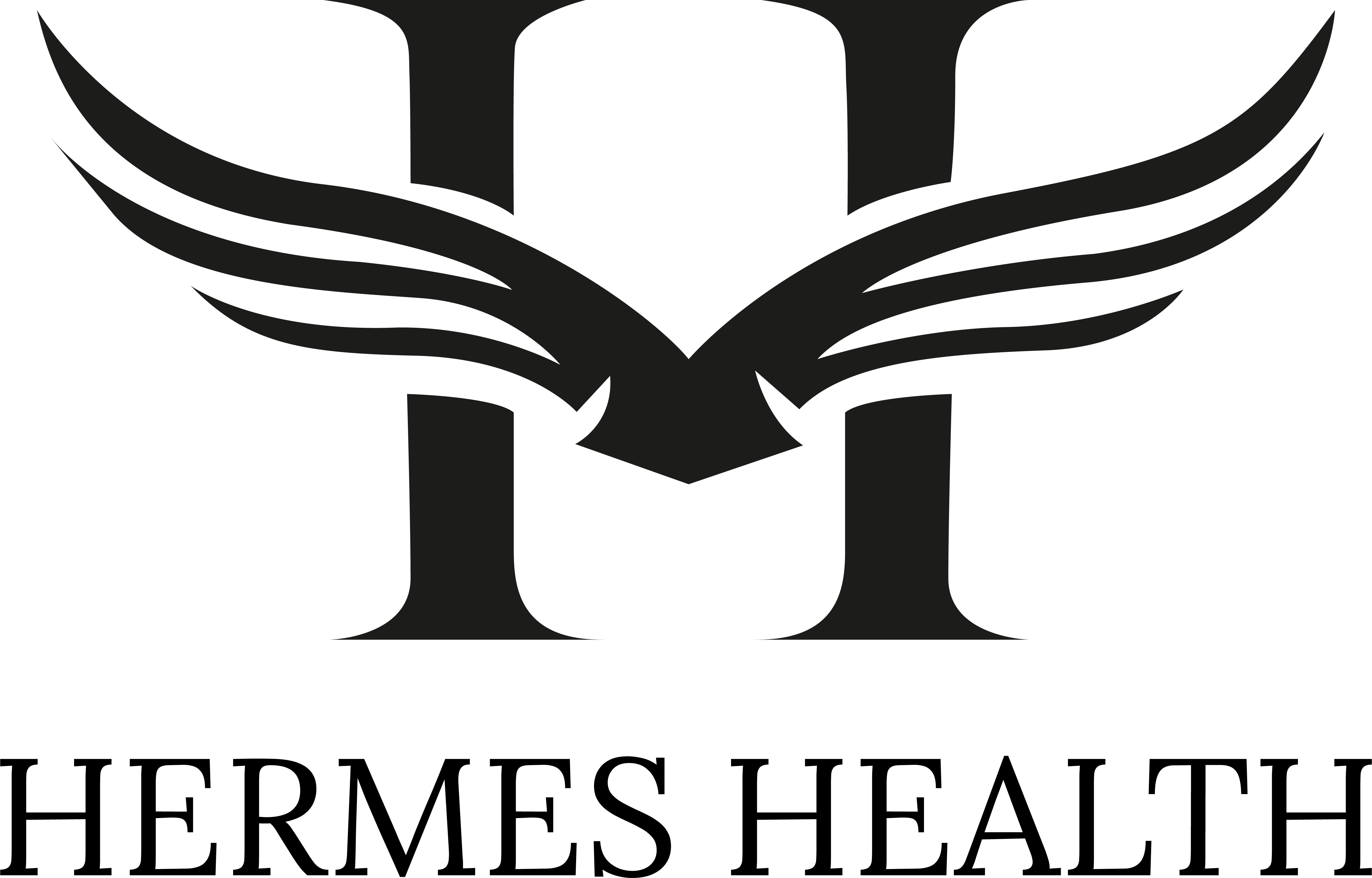Types of abdominoplasty are based on incision style and length:
- Complete abdominoplasty (Full Tummy Tuck): involves an incision in the lower abdomen above the pubic region; incision length depends on amount of excess skin
- Partial abdominoplasty (Mini Tummy Tuck): involves a shorter incision between the belly button and lower abdomen; more common in patients with less excess skin
- Circumferential abdominoplasty (Extended Tummy Tuck): involves a longer incision around the front and back of the body, resulting in a body shape change from all sides
- Fleur-de-lis Tummy Tuck: involves an incision up, down, and side to side in the abdominal region which makes a flower-like ’T’ shape; most common in patients with significant weight loss (>45kg)
Who performs abdominoplasty?
The tummy tuck procedure is performed by a skilled plastic surgeon.
What happens during abdominoplasty?
The procedure is performed under general anesthesia and can take anywhere from one to five hours. The number and length of incision(s) depend on the type of abdominoplasty performed. Once incision(s) are made, the surgeon pulls down upper abdominal skin, trims away excess skin, and repositions the belly button. The procedure may include liposuction for additional fat removal and enhanced contouring.
Provided post-procedure instructions are followed, patients usually resume light daily activities a few weeks after surgery; bruising, swelling, and numbness are common during this time. Thin tube may be inserted near one or more incisions to drain fluid and prevent swelling. Resumption of normal activities may proceed after four to six weeks and final results may take up to three months to be fully visible. Incision scarring is expected and will fade over time (up to one year or more).
Things to consider:
- Weight changes over time: results are permanent but post-procedure weight changes can affect long-term It is therefore best to undergo abdominoplasty when your weight is stable.
Pregnancy: can impact abdominoplasty results. A tummy tuck is recommended once all childbearing is finished.

